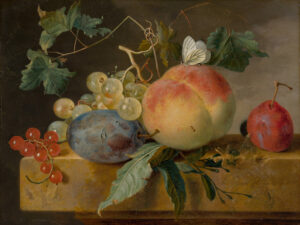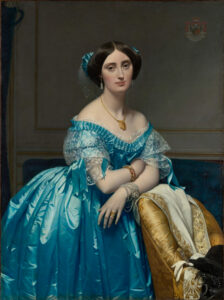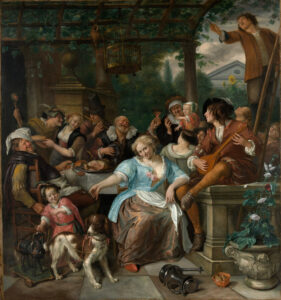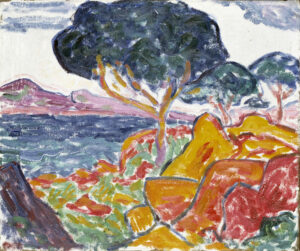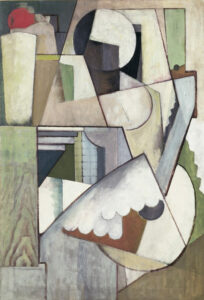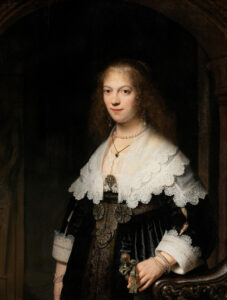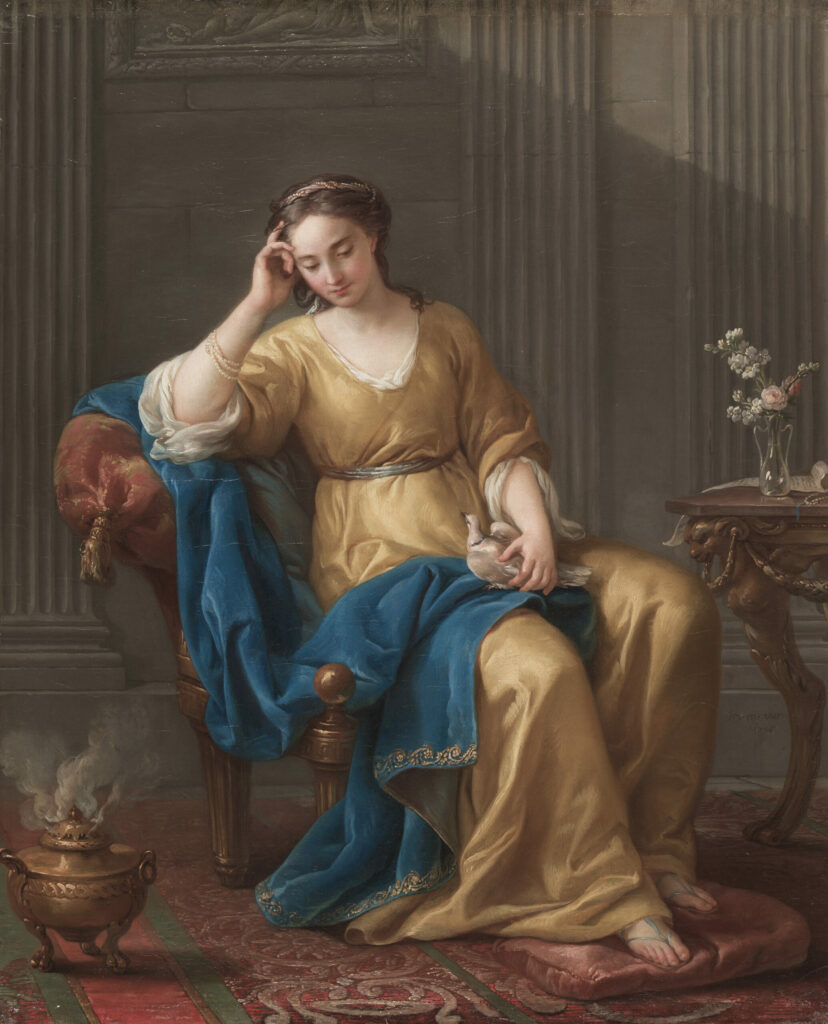
Sweet Melancholy (1756) bears witness to the aesthetic transition undertaken by Joseph Marie Vien toward nascent neoclassicism, while preserving the refined delicacy of the 18th-century French tradition.
The female figure, captured in the emblematic attitude of melancholy, evokes an iconographic topos dating back to the Renaissance, here transposed into a meticulously reconstructed antique setting.
Archaeological accuracy characterizes this composition: furniture, brazier, drapery, and architecture reflect Vien’s scholarly research into Greco-Roman antiquity. However, his chromatic palette remains indebted to the French tradition, creating an original synthesis between erudition and rococo sensibility. Vien’s innovation lies in this capacity to reconcile archaeological rigor with intimate emotion, heralding the future developments of neoclassicism.
Further Information
- Sweet Melancholy, 1756, Joseph Marie Vien
- oil on canvas, 68 x 55 cm (26 3/4 x 21 5/8 in.)
- Cleveland Museum of Art, displayed in gallery 216B France and Germany
- https://www.clevelandart.org/art/1996.1
Joseph Marie Vien (1716-1809) ranks among the pioneers of the French neoclassical revival. Born in Montpellier, trained in Paris under Natoire and Boucher, he won the Grand Prix de Rome in 1743, a decisive sojourn that oriented his career toward the study of antiquity. Elected to the Academy in 1754, he gradually abandoned the rococo aesthetic in favor of a revolutionary “Greek” style, characterized by a smoother technique, a cooled palette, and rigorous archaeological accuracy. As Director of the French Academy in Rome (1775-1781) and First Painter to the King (1789), Vien exerted a decisive influence on an entire generation of artists. His most illustrious pupil, Jacques-Louis David, amplified and radicalized his aesthetic innovations. Vien accomplished this capital transformation that led from Boucher’s art to that of David, perfectly embodying the shifts in French artistic taste during the Age of Enlightenment.

